Family Chamaeleonidae
Posted: Sat Feb 16, 2013 12:54 pm
Chameleons cannot be mistaken for any other lizards. The head and body are laterally compressed and the body is covered with small granular scales. Easily recognizable features include their diagnostic zygodactyl feet, in which adjacent digits are fused on each hand and foot, forming opposable grasping pads, and the presence of casques, horns, and crests on the heads of most species. The tail is usually prehensile and cannot be shed or regenerated. The protruding eyes can move independently. The tongue is telescopic and can be shot further than the body length to capture prey.
They change color easily and quickly, and their eyes, which are on protruding cones, can move independently of one another. Arboreal species have prehensile tails, and most species have laterally flattened bodies. Among the many synapomorphies of this group are extremely extensile tongues (due to modifications of the hyoid apparatus), failure of the pterygoid to meet the quadrate, a reduction in the number of sternal ribs, the loss of both the gular fold and femoral pores, and the V-condition of the ulnar nerve pathway. Like the agamids, but unlike other iguanians, chameleons have acrodont teeth. Chameleons range in size from tiny Brookesia (2.5 cm) to some very large Chamaeleo species (up to 68 cm total length).
Chameleons are primarily arboreal, but at least one South African species is terrestrial.
Chameleons are diurnal and primarily insectivorous, although birds have been recorded in the diets of some larger species. They can extend their tongues almost the entire length of their body, making their hunting behavior an impressive display. Chameleons exhibit a distinct locomotion in which they slowly rock back and forth between each step taken. Most species are oviparous. Several of the larger species show distinct sexual dimorphism, with males having larger body size, and elaborate horns and casques, with which they fight. Chameleons are not social animals, and when two animals have visual contact, they can change color within seconds. Depending on species, bright coloration may be restricted to males, found in both sexes, displayed only during the breeding season, or exhibited during aggressive encounters. Male displays may also include head jerking, the spreading of occipital lobes (if present), and gular sac extension. Sexual dimorphism in the dwarf chameleons (Rhampholeon in Africa) tends to run in the opposite direction, with females being the larger sex.
They change color easily and quickly, and their eyes, which are on protruding cones, can move independently of one another. Arboreal species have prehensile tails, and most species have laterally flattened bodies. Among the many synapomorphies of this group are extremely extensile tongues (due to modifications of the hyoid apparatus), failure of the pterygoid to meet the quadrate, a reduction in the number of sternal ribs, the loss of both the gular fold and femoral pores, and the V-condition of the ulnar nerve pathway. Like the agamids, but unlike other iguanians, chameleons have acrodont teeth. Chameleons range in size from tiny Brookesia (2.5 cm) to some very large Chamaeleo species (up to 68 cm total length).
Chameleons are primarily arboreal, but at least one South African species is terrestrial.
Chameleons are diurnal and primarily insectivorous, although birds have been recorded in the diets of some larger species. They can extend their tongues almost the entire length of their body, making their hunting behavior an impressive display. Chameleons exhibit a distinct locomotion in which they slowly rock back and forth between each step taken. Most species are oviparous. Several of the larger species show distinct sexual dimorphism, with males having larger body size, and elaborate horns and casques, with which they fight. Chameleons are not social animals, and when two animals have visual contact, they can change color within seconds. Depending on species, bright coloration may be restricted to males, found in both sexes, displayed only during the breeding season, or exhibited during aggressive encounters. Male displays may also include head jerking, the spreading of occipital lobes (if present), and gular sac extension. Sexual dimorphism in the dwarf chameleons (Rhampholeon in Africa) tends to run in the opposite direction, with females being the larger sex.
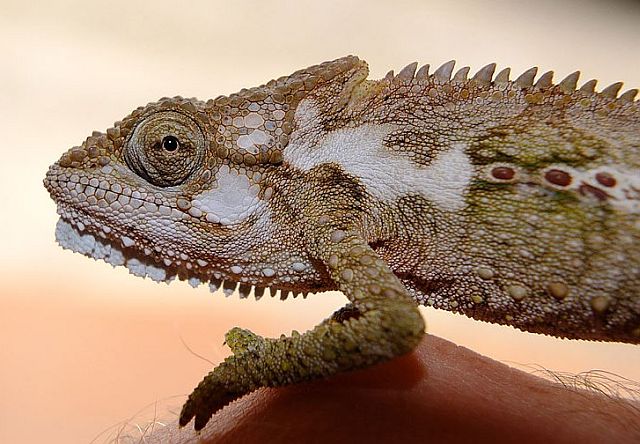 © PJL
© PJL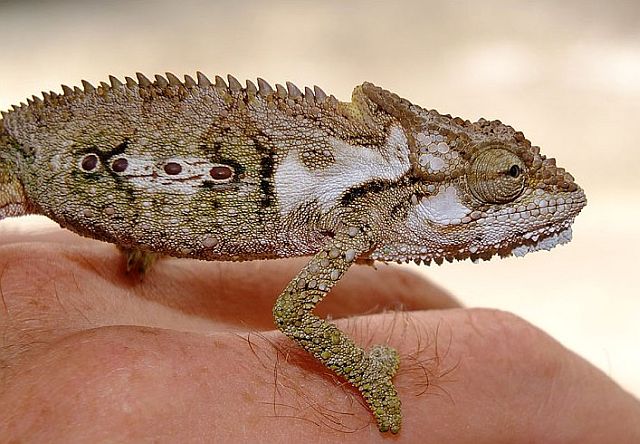 © PJL
© PJL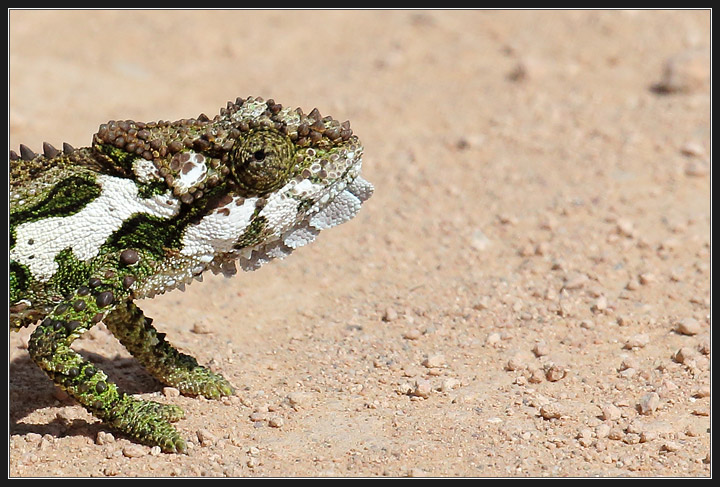
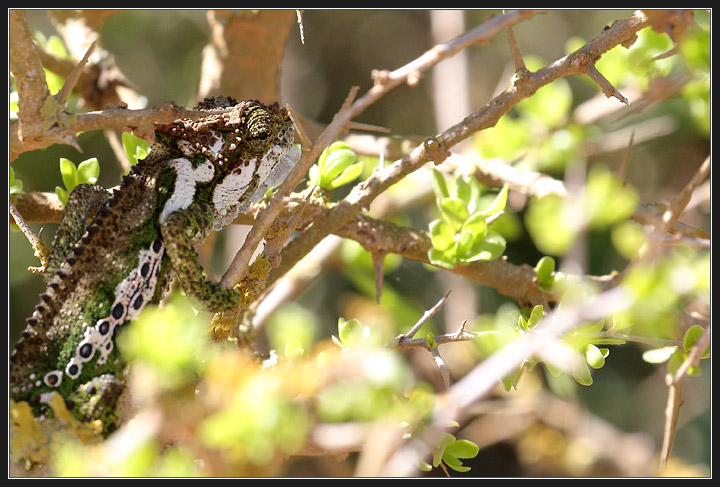

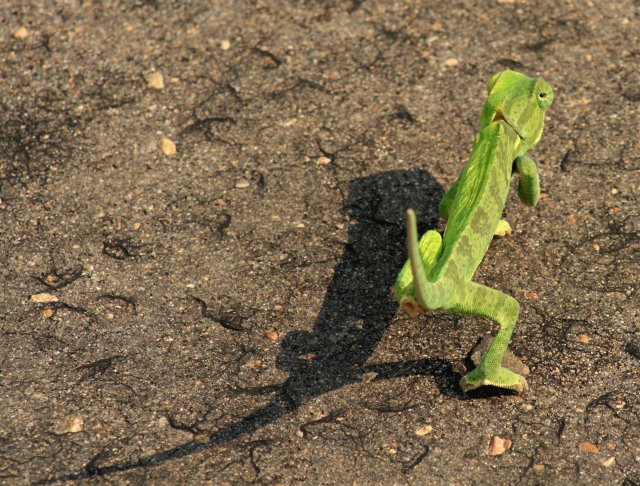
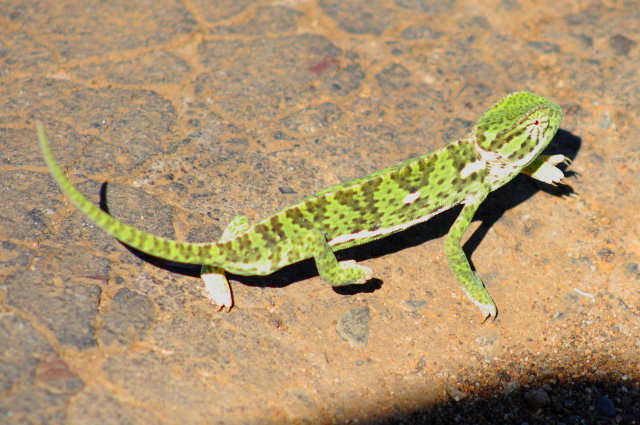
 © Pumbaa
© Pumbaa © Amoli
© Amoli © nan
© nan © lowveldboy
© lowveldboy

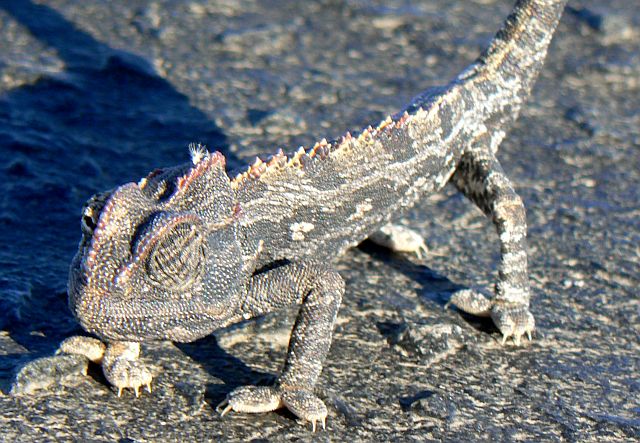

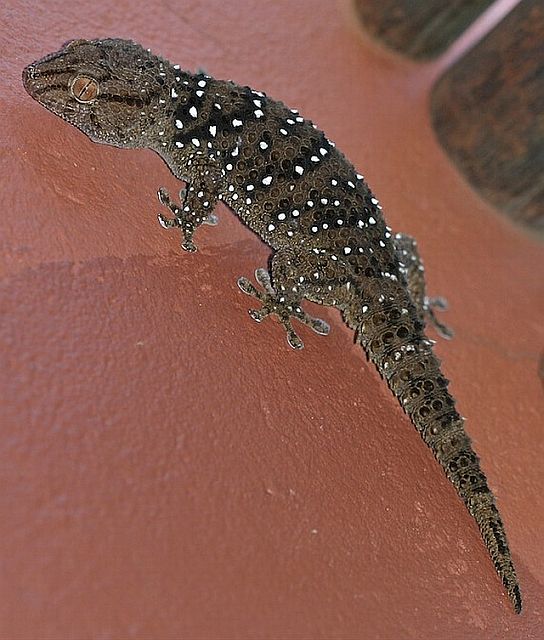 © ExFmem
© ExFmem

 © ExFmem
© ExFmem © ExFmem
© ExFmem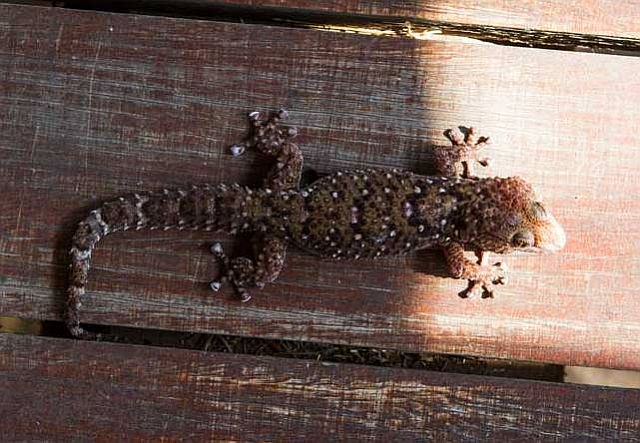 © Pumbaa
© Pumbaa
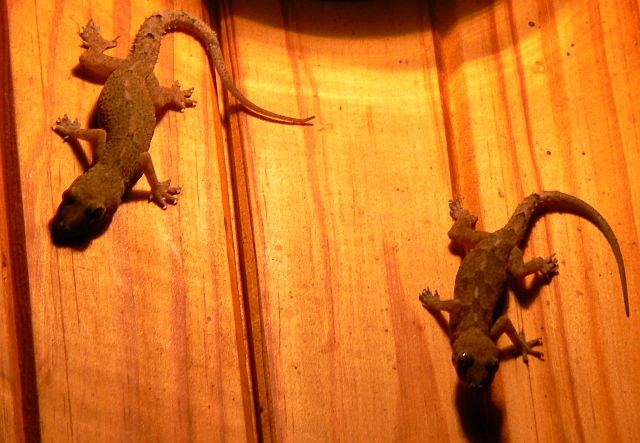
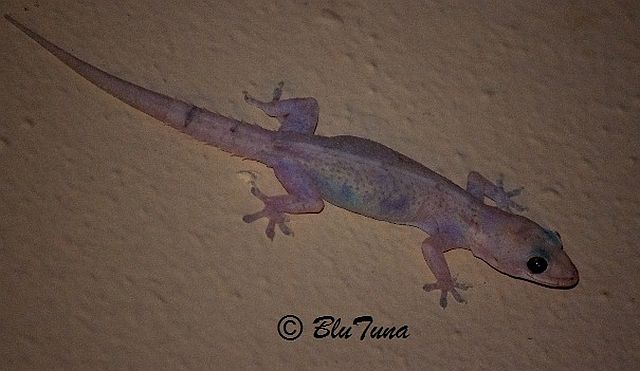 © BluTuna
© BluTuna © mposthumus
© mposthumus © BluTuna
© BluTuna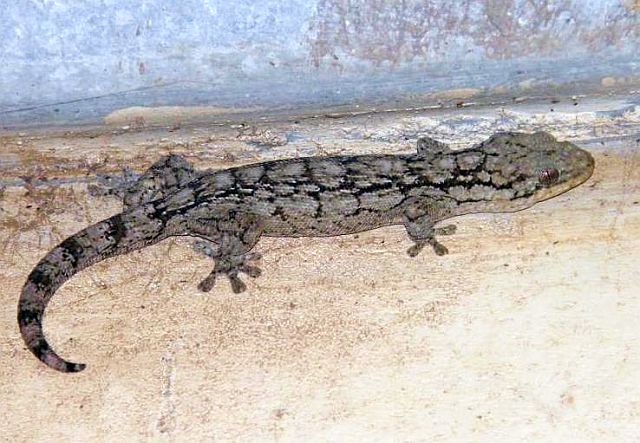 © mposthumus
© mposthumus © Toko
© Toko